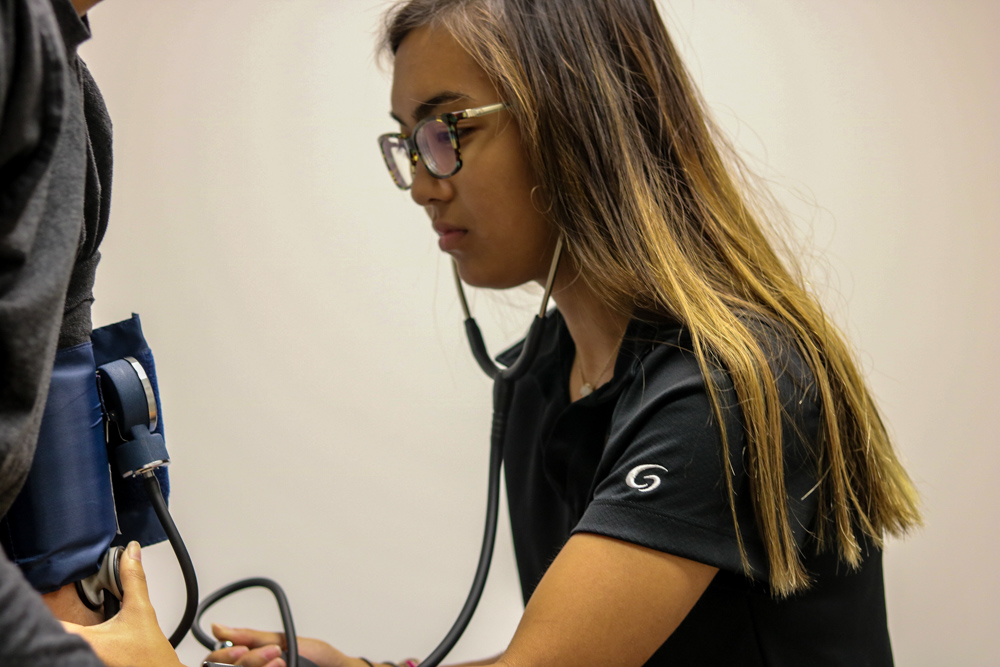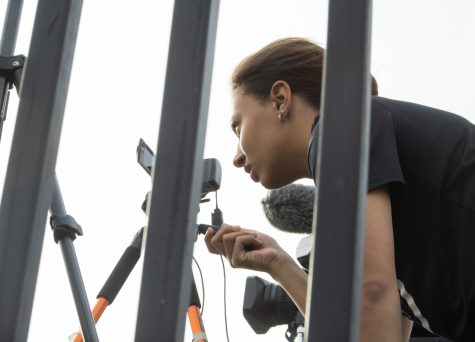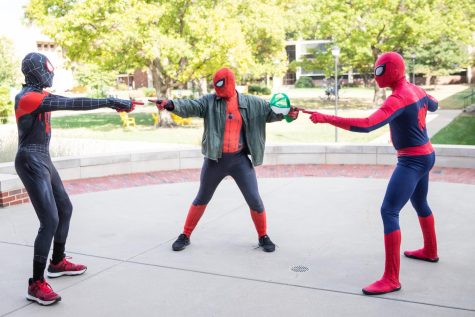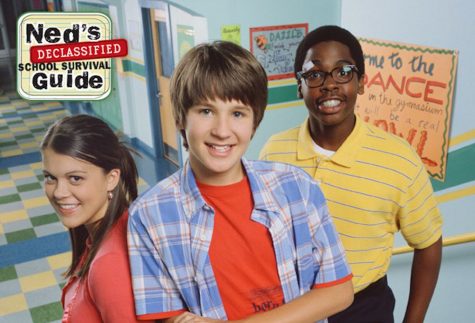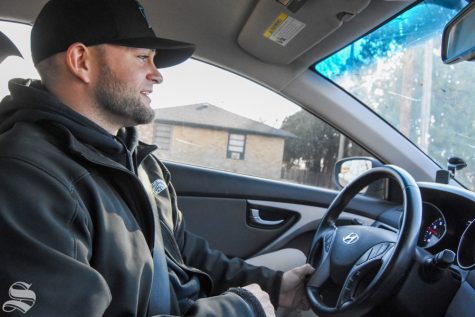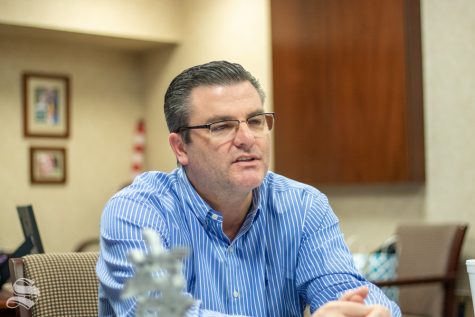Athletic training students balance school, clinicals, social life
Kristy Dao takes the blood pressure of student Pedro Vazquez.
The typical day of an athletic training student starts at 8 a.m. and doesn’t end until 10 p.m. Between classes and clinicals, students must find ways to balance it all.
“The hardest part [of athletic training] is definitely time management because I don’t have much downtime after I get home,” Sophomore Kristy Dao said. “I have to study and do homework as well and try to balance a social life on top of that.”
Athletic training students are assigned to different locations on and off campus.
Students spend 25 or more hours a week with their respective teams. The students attend practices, tournaments, and games — some even travel with their teams.
Dao is a member of Greek life and a full-time student who also does clinicals. She is currently doing clinicals at Southeast High School where she works every sport.
Dao attends class from 8 a.m. to 1:30 p.m. every day and must be at Southeast for clinicals by 3 p.m.
Although clinicals pose a significant time commitment, Dao said the hands-on experience is extremely rewarding and she is able to build relationships with the athletes.
“My favorite part is being able to be one of the first on-field responders when an
athlete goes down,” Dao said. “And later having that relationship with my athletes where they trust me in helping them get better.”
Kayla Greer, a senior athletic training major, is doing her clinical mainly with the Friends University football team. She will work with other Friends teams when their seasons approach.
Greer also has classes in the morning Monday to Friday. She must be at Friends by 2 p.m. Once she arrives, athletes come in for injury treatments and to get taped up before practice.
By 4 p.m. she is outside at practice, which continues until around 6 p.m. Afterwards, she heads inside to get ice bags ready for players who might need them.
“Dealing with classes on top of this can be pretty difficult, but as long as you manage your time appropriately, it works out,” Greer said. “Most of our classes run hand in hand with the things we are doing and learning while out at our clinical sites.”
Greer has experience working within various sports at both the high school and collegiate-levels from her time in the athletic training program.
“My favorite part of this program is the ability to go to different levels of sports and get to see how different ATCs work in that environment,” Greer said. “And of course, being able to be so hands-on and work with a variety of athletes.”
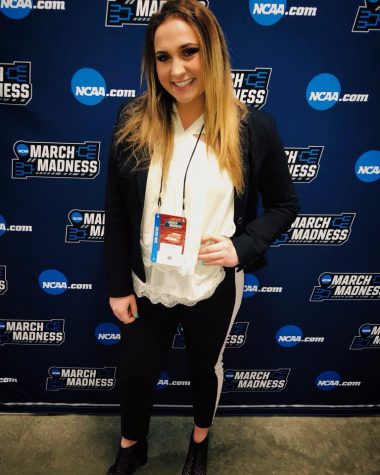
Aliyah Funschelle was a sports reporter covering men's basketball for The Sunflower. She studied sports management at Wichita State, and worked as a Campus...



